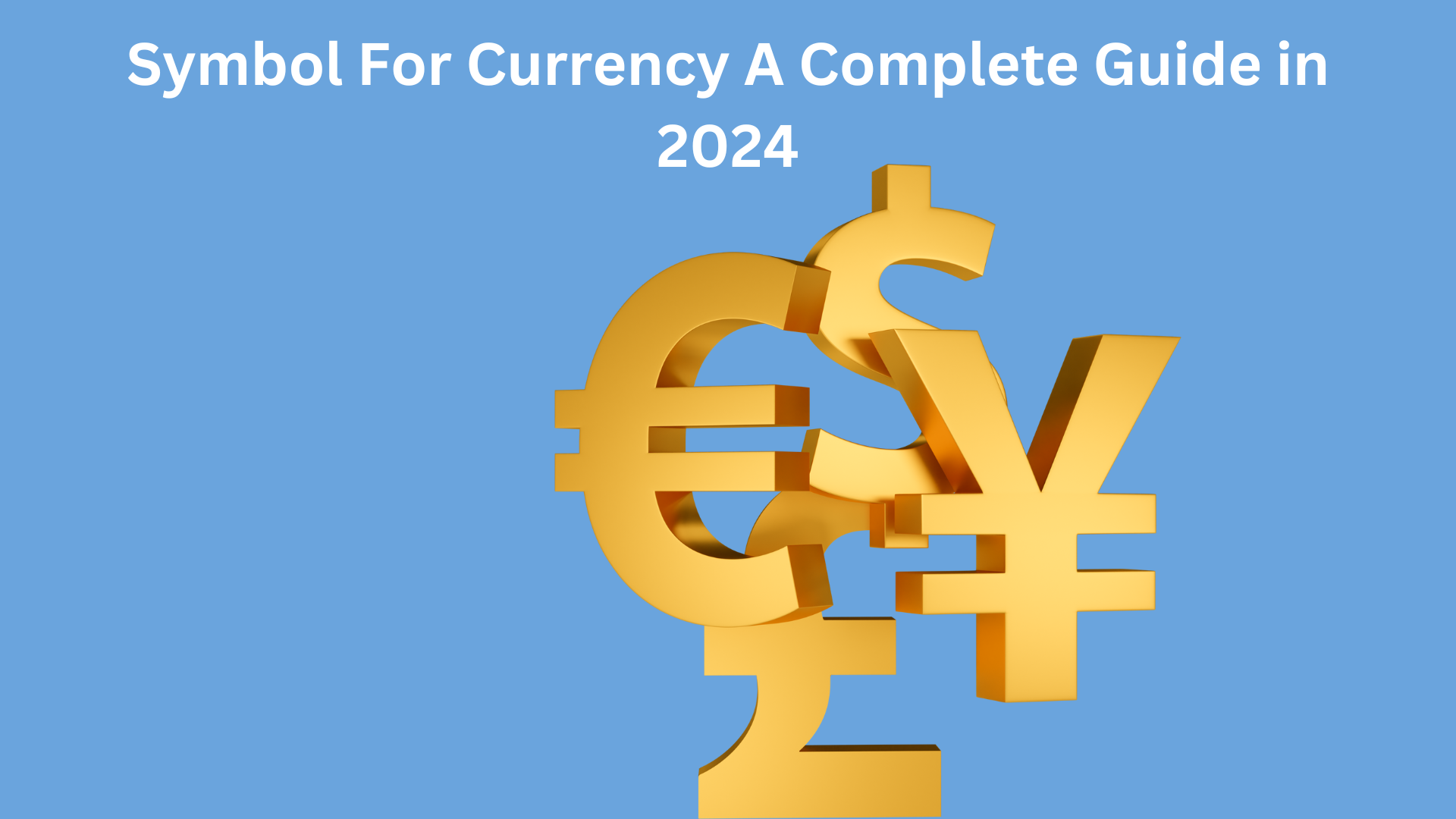Symbol For Currency A Complete Guide in 2024
In the global economy, currencies play a crucial role in facilitating trade and financial transactions. Each currency is represented by a unique symbol, often used to denote its value in written form. Understanding these currency symbols is essential for developers working on international applications and businesses engaging in cross-border transactions. In this blog post, we will explore the symbols used for various currencies and their significance in the world of business and development.

Currency Symbols: A Brief Overview
Currency symbols are graphical representations used to denote specific currencies. These symbols are often derived from the currency's name, country, or historical context. For example, the symbol for the United States Dollar ($) is derived from the Spanish "Peso" and is widely recognized in international trade.
Importance of Currency Symbols in Business
In business, currency symbols are used to denote prices, invoices, and financial statements. They help in distinguishing between different currencies, especially in international transactions. For example, the symbol for the Euro (€) is used to denote prices in the Eurozone, while the British Pound (£) is used in the United Kingdom.
Currency Symbols in Development
In software development, currency symbols are used to format and display monetary values. Developers often rely on standard libraries or APIs to ensure consistent display of currency symbols across different platforms and locales. Understanding these symbols is crucial for developing applications that support multiple currencies and regions.
Common Currency Symbols
Some of the most commonly used currency symbols include:
- US Dollar ($) Used in the United States and several other countries.
- Euro (€) Used in the Eurozone.
- British Pound (£) Used in the United Kingdom.
- Japanese Yen (¥) Used in Japan.
- Chinese Yuan (¥/元) Used in China.
Conclusion
Currency symbols play a vital role in business and development, helping to denote and differentiate between various currencies. Understanding these symbols is essential for developers and businesses operating in the global economy.

FAQs
Q: What is the symbol for Bitcoin?
A: The symbol for Bitcoin is ₿, a capital letter B with two vertical strokes.
Q: Are currency symbols standardized worldwide?
A: While many currency symbols are widely recognized, not all countries use official symbols for their currencies.
Q: Can currency symbols be used in programming languages?
A: Yes, most programming languages support the use of currency symbols for formatting and displaying monetary values.
Q: How do currency symbols impact international trade?
A: Currency symbols help facilitate international trade by providing a standard way to denote prices and financial transactions.